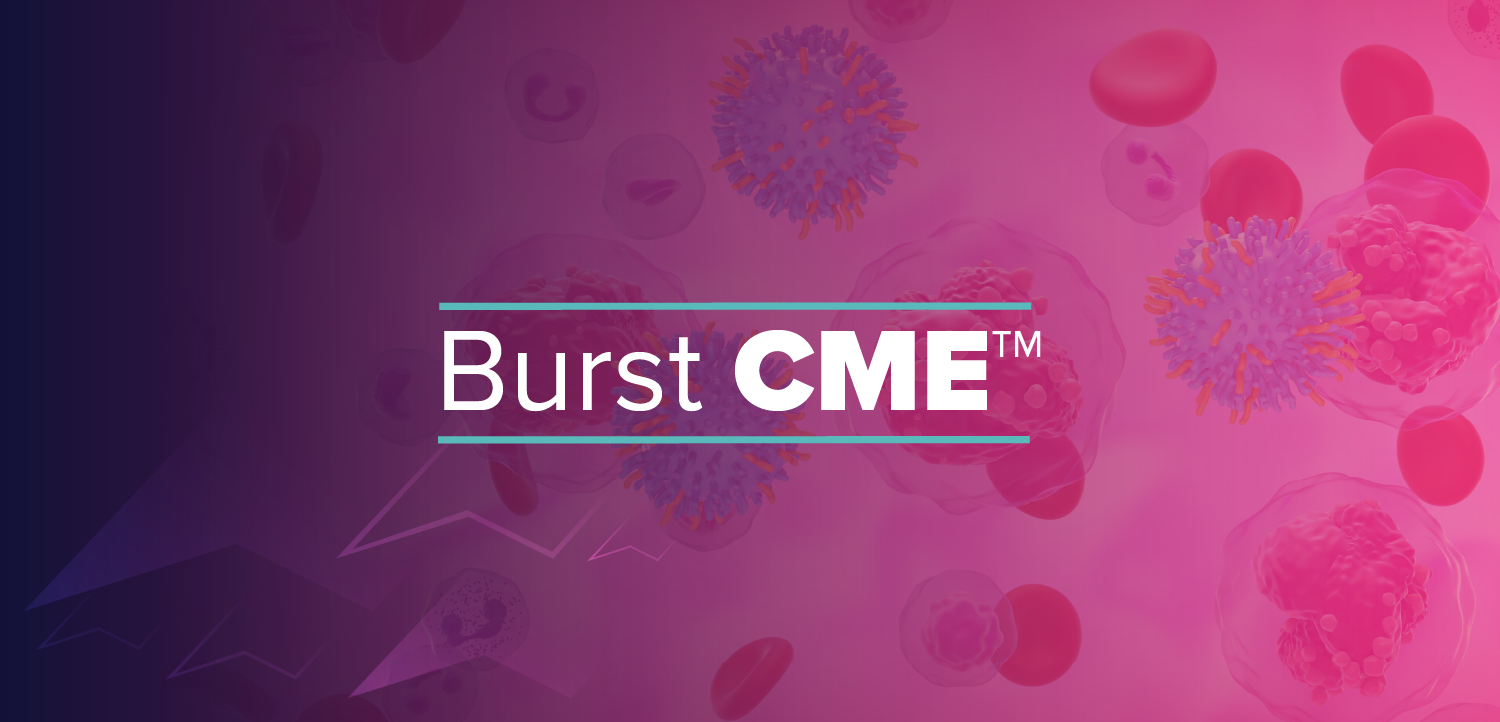
Palliative Care Needed Alongside Aggressive Cancer Treatment
After leading a study that patients with acute myeloid leukemia who receive induction chemotherapy are quite distressed, Tom LeBlanc, hematologic malignancy specialist at Duke Cancer Institute, decided more palliative care should be offered alongside treatment for the disease.
After leading a study that patients with acute myeloid leukemia who receive induction chemotherapy are quite distressed, Tom LeBlanc, MD, hematologic malignancy specialist at Duke Cancer Institute, decided more palliative care should be offered alongside treatment for the disease. LeBlanc used a distress monitoring tool where patients ranked aspects regarding symptom burden and quality of life on a scale of one to ten. Most of the averages were higher than four, at which point a specialist, such as one for palliative care, should be sought out. Thanks to the monitoring tool and study, which raised awareness of AML patient distress, LeBlanc can now get better recommendations of “who should do what."
Newsletter
Knowledge is power. Don’t miss the most recent breakthroughs in cancer care.

















































































